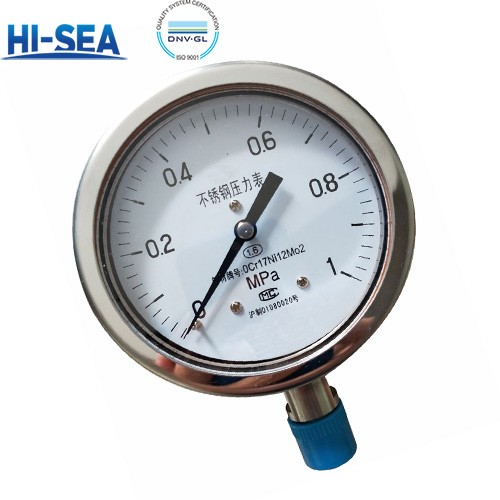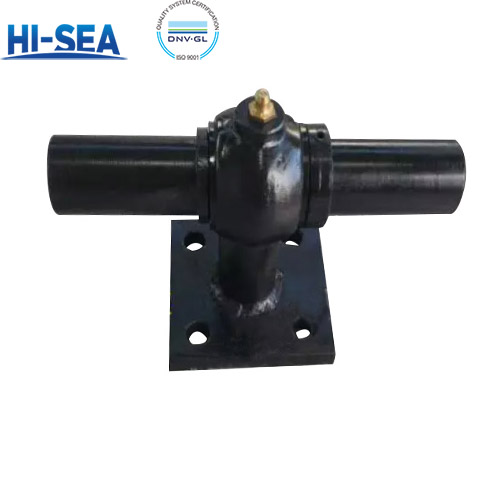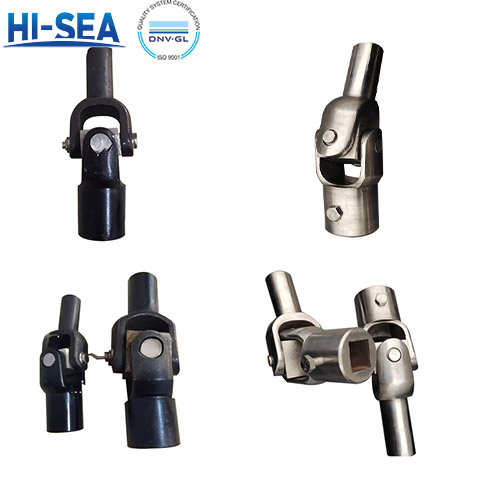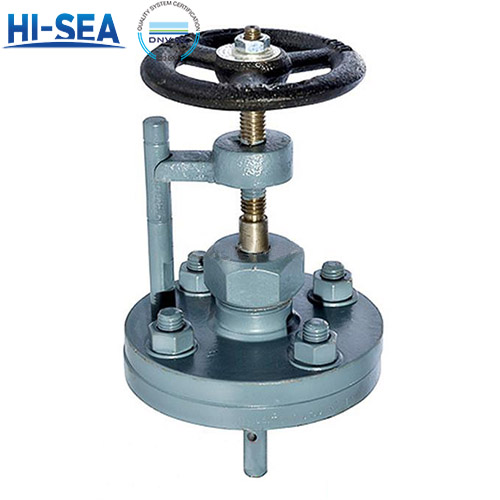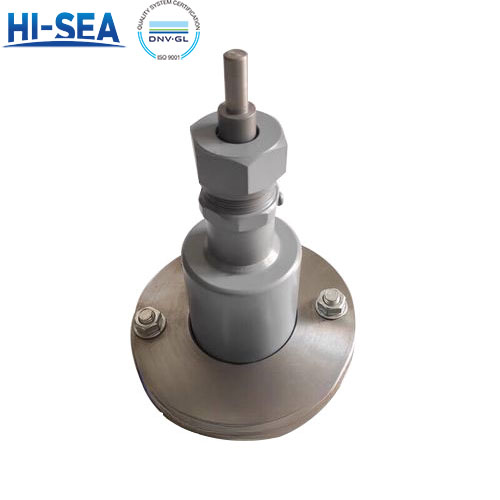
Stainless Steel Pressure Gauge
A stainless steel pressure gauge is an instrument used to measure the pressure of a fluid (liquid or gas) within a system. Its defining characteristic is that its critical components, especially the caseand the wetted parts (the parts that come into contact with the medium), are constructed from stainless steel.
Overview
Key Features and Advantages
1. Corrosion Resistance: This is the primary reason for choosing a stainless steel gauge. They resist rust and corrosion from moisture, chemicals, saltwater, and aggressive industrial media. Common grades include 304 SS for general purposes and 316 SS for highly corrosive environments.
2. Robustness and Durability: The stainless steel case protects the internal movement from physical impact, vibration, and exposure to the elements. They are often built to withstand demanding industrial conditions.
3. Hygienic and Easy to Clean: With a smooth, non-porous surface, SS gauges are ideal for industries with strict hygiene standards, such as food & beverage, pharmaceuticals, and biotechnology. They can withstand frequent wash-downs with aggressive cleaning agents.
4. Weather Resistance and IP Ratings: They typically come with high Ingress Protection (IP) ratings like IP65, IP66, or IP67, meaning they are dust-tight and protected against powerful water jets, making them suitable for outdoor use or wet environments.
5. High Safety: Many models feature a safety blow-out disc on the back. In case of a sudden, extreme overpressure that bursts the Bourdon tube, this disc will safely vent the pressure out the back, protecting the user from glass and debris being ejected from the front.
Summary: Stainless Steel vs. Standard Brass Gauge
| Feature | Stainless Steel Gauge | Standard Brass Gauge |
| Material | 304 or 316 Stainless Steel | Brass, Steel |
Corrosion Resistance | Excellent | Poor to Fair |
Durability | Very High | Moderate |
| Cost | Higher | Lower |
| Typical Use | Harsh, corrosive, hygienic environments | General purpose, non-corrosive media (air, water, oil) |
| Safety Features | Often includes blow-out disc | Less common |

